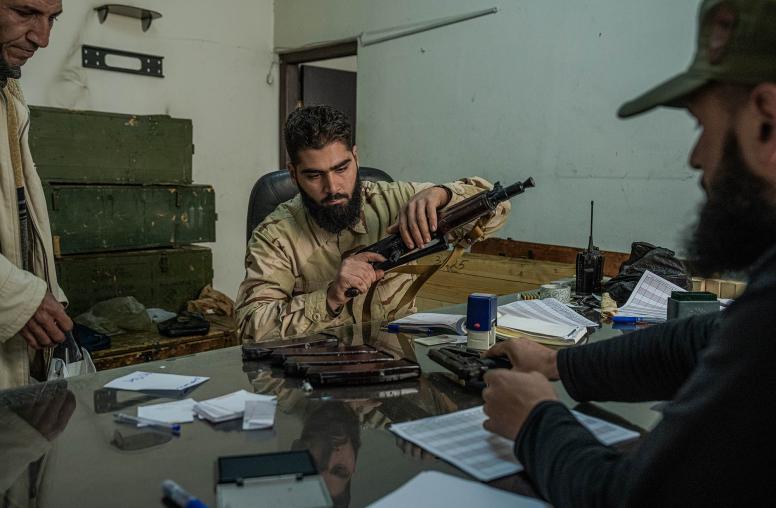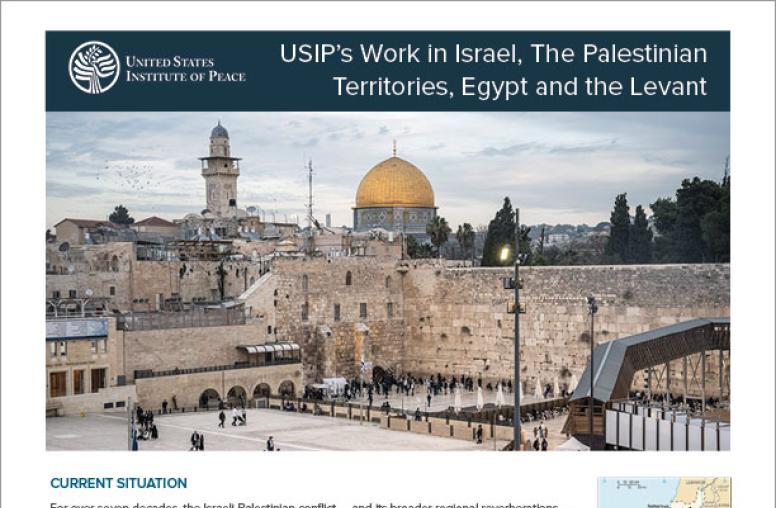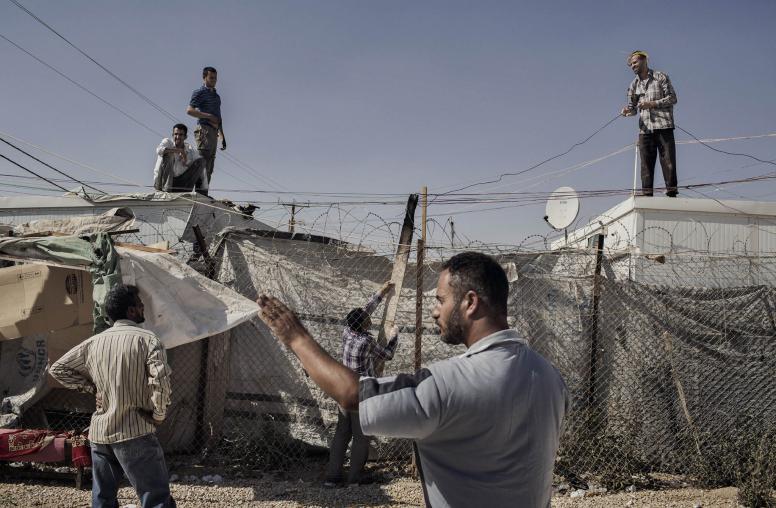Latest Syrian Defection Highlights 'Day After’ Challenges

The defection of Syria’s military police chief, who reportedly was responsible for enforcing loyalty to the regime among the ranks, has again raised the prospect that Bashar al-Assad’s rule might collapse sooner rather than later. The officer, Major General Abdul Aziz Jassem al-Shallal, said he fled across the Turkish border because regime forces had turned into “a gang for killing and destruction,” according to The New York Times, which cited a video of the general aired on Al-Arabiya.
One of the biggest questions in the aftermath of the conflict will be how Syria’s disparate communities can resolve the inevitable lingering tensions. Steven Heydemann, a senior adviser for Middle East Initiatives at USIP, testified earlier this month about the challenge of accountability for human rights abuses and the treatment of minorities in Syria. Heydemann directed the USIP-facilitated “The Day After” project that brought together Syrian opposition leaders to develop principles, goals, and recommendations for the transition to a post-Assad Syria.
He made recommendations for ensuring the Assad regime is held accountable for any criminal conduct in Dec. 7 testimony to the Tom Lantos Human Rights Commission and the International Religious Freedom Caucus. Read his remarks and tell us your thoughts about what the international community can do to help the Syrian people recover once the conflict ends.
Viola Gienger is a senior writer for USIP.


